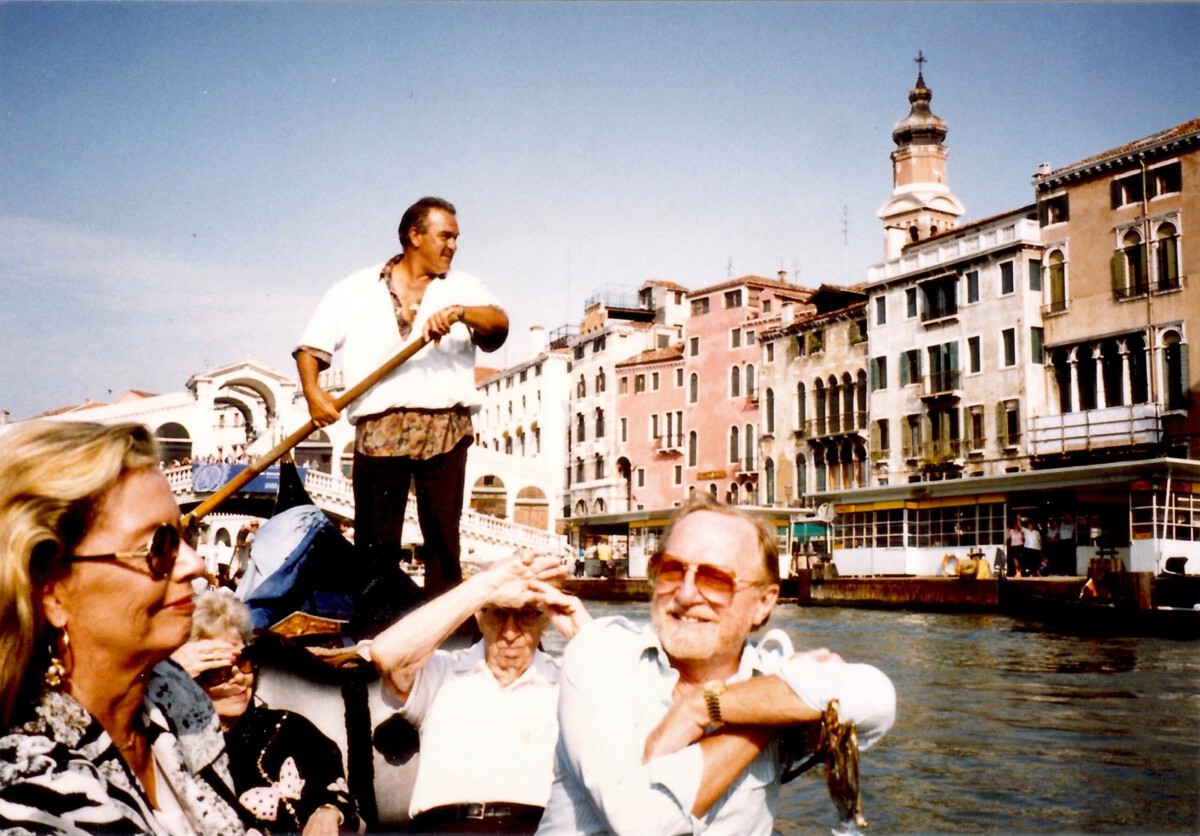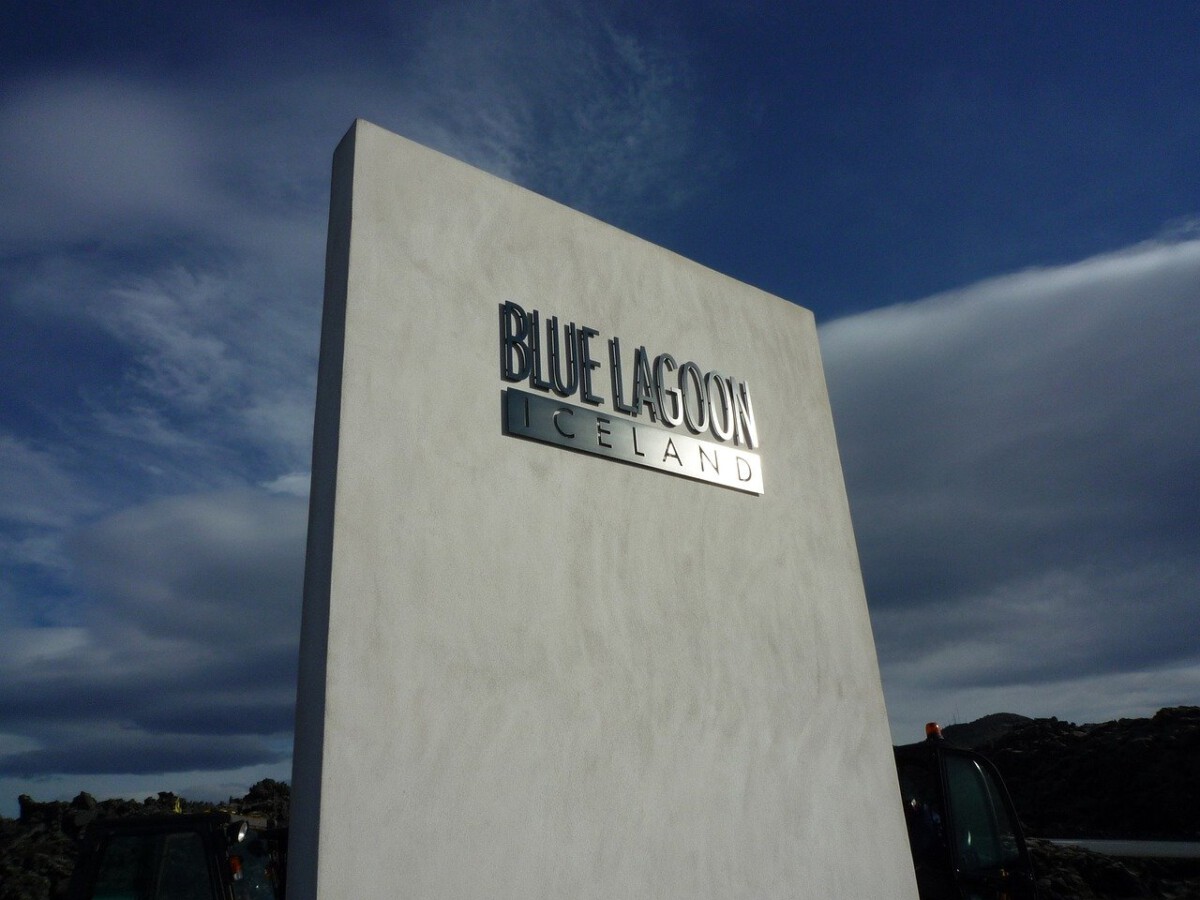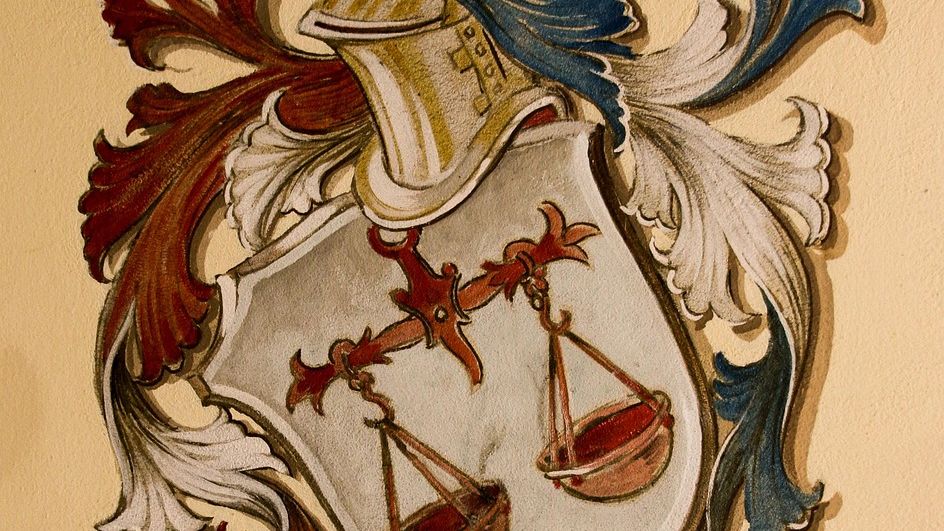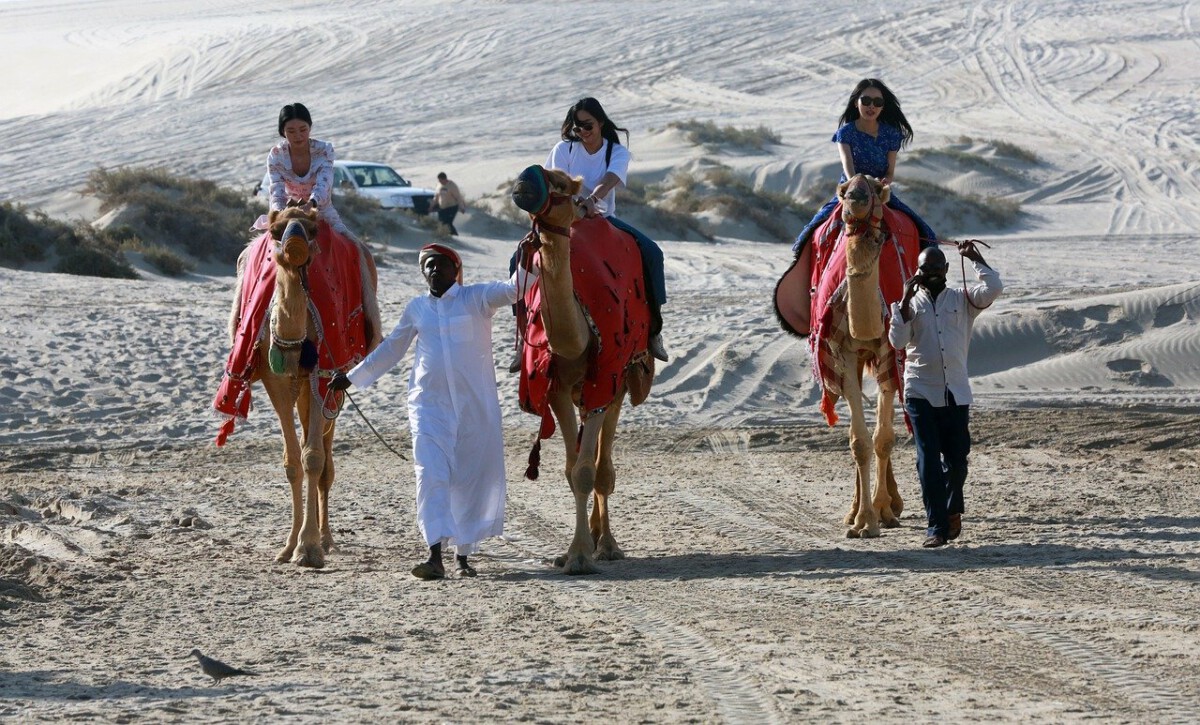AlUla’s Rise as a Global Heritage Site in 2024

Once a quiet archaeological secret, AlUla has surged onto the world stage as Saudi Arabia’s flagship heritage destination. According to the Royal Commission for AlUla (RCU), 2024 saw visitor numbers top 330,000—more than double the arrivals from 2022. The city’s transformation is part of Saudi Arabia’s Vision 2030, with over $2 billion invested in sustainable tourism infrastructure. This funding has gone into eco-lodges, transport, and restoration, making AlUla not just a site to visit but a living example of historical preservation meeting modern luxury. UNESCO and ICOMOS experts have worked alongside local teams to ensure the city’s archaeological integrity isn’t compromised by tourism. The city’s global profile took a giant leap after the 2024 Ancient Kingdoms Festival, which drew international press and influencers, boosting social media engagement by 70% over the previous year. As a result, AlUla is now considered among the world’s fastest-growing archaeological tourism destinations.
The Nabataean Heart: Hegra’s Monumental Tombs

Hegra, also known as Madain Salih, stands as AlUla’s crown jewel. In 2024, the site boasts 111 well-preserved tombs carved into rose-red sandstone, rivaling the famed monuments of Petra. Archaeological surveys published in January 2025 by the Saudi Heritage Preservation Society revealed that recent ground-penetrating radar scans uncovered at least 15 new subterranean chambers. Researchers have confirmed these new finds date back to the first century CE, coinciding with the peak of Nabataean power. Hegra remains Saudi Arabia’s first UNESCO World Heritage Site, and its tombs display elaborate facades, inscriptions, and guardian symbols that tell stories of trade, culture, and spiritual life. The RCU reported that 60% of Hegra’s tombs are now accessible to visitors, up from just 30% in 2021, following extensive conservation measures.
Ancient Trade Routes: AlUla’s Strategic Crossroads

AlUla’s location made it a commercial linchpin in antiquity. Recent research from King Saud University’s 2024 archaeological field season documents how AlUla sat at the crossroads of the Incense Route, connecting southern Arabia with Egypt, Mesopotamia, and the Mediterranean. Caravans carrying frankincense, myrrh, spices, and textiles stopped at AlUla for water and rest, leaving behind artifacts from as far afield as India and Rome. The discovery in March 2024 of a Roman milestone inscribed with Emperor Trajan’s name further cements AlUla’s role as a key transit hub. According to the Saudi Ministry of Culture, these routes now form the basis for new heritage trails, with digital reconstructions helping visitors visualize the ancient movement of goods and peoples through the region.
Living Among the Ruins: AlUla Old Town’s Revival

AlUla Old Town, once abandoned in the 1980s, has recently undergone a multimillion-dollar restoration. In February 2024, the town reopened to the public with 900 mudbrick houses, winding alleyways, and a bustling souq. The Royal Commission’s latest figures show that more than 50 shops, galleries, and cafés now operate within the historic core, employing over 300 local residents. Guided tours led by trained heritage interpreters—many of whom are descendants of Old Town families—offer personal insights into centuries-old traditions. The UNESCO-backed project emphasizes sustainable materials and traditional building techniques, with solar-powered lighting and recycled water systems. Visitor satisfaction surveys conducted by YouGov in May 2024 report a 95% approval rating for the authenticity and ambiance of the Old Town experience.
Rock Art and Inscriptions: Decoding Millennia of History

AlUla’s landscape is a massive open-air museum, with over 7,000 documented rock art panels and inscriptions. A 2024 joint survey by archaeologists from Oxford University and the Saudi Commission for Tourism and National Heritage catalogued thousands of new Thamudic, Lihyanite, and Dadanite inscriptions. The most significant discovery in late 2023 was a 2,600-year-old Lihyanite inscription, now on display at the AlUla Museum. These petroglyphs depict hunting scenes, religious rituals, and daily life, providing insight into the beliefs and societies that flourished in northwest Arabia long before the rise of Islam. Digital mapping and 3D scanning projects, launched in partnership with Google Arts & Culture in April 2024, have made much of this rock art accessible online for the first time.
The Dadan and Lihyanite Kingdoms: Forgotten Powerhouses

Before the Nabataeans, AlUla was the seat of the powerful Dadan and Lihyanite kingdoms. Excavations led by the French-Saudi Archaeological Mission uncovered a royal necropolis in 2024, featuring monumental lion tombs dating from the 6th to 2nd centuries BCE. Recent carbon dating by the German Archaeological Institute confirmed that some tombs predate Petra’s monuments by nearly 400 years. The Dadan Archaeological Site, which opened to the public in May 2024, includes temples, city walls, and water systems—evidence of a sophisticated society that controlled trade and politics long before AlUla’s Nabataean heyday. The site’s visitor center now offers augmented reality tours, letting guests walk through reconstructions of ancient cityscapes and palaces.
Modern Art Amidst Ancient Wonders: Desert X AlUla 2025

AlUla has become a hub for contemporary art as well as archaeology. In March 2025, the third edition of Desert X AlUla opened with installations by artists from 17 countries. Works ranged from mirrored sculptures reflecting the surrounding cliffs to immersive soundscapes embedded in ancient canyons. According to the RCU’s cultural department, the 2025 festival attracted more than 45,000 international visitors and generated over $50 million in related economic activity. The event’s curators emphasize dialogue between past and present, challenging perceptions of the desert as empty or static. Local artists, such as Saudi sculptor Rashed AlShashai, have used the festival as a platform to explore themes of memory and transformation, further raising AlUla’s profile as a meeting point for global creativity.
Eco-Tourism and Conservation: Balancing Access and Preservation

With its delicate environment and priceless heritage, AlUla faces unique conservation challenges. In January 2024, the RCU partnered with the International Union for Conservation of Nature (IUCN) to launch a new sustainability charter. The plan includes strict limits on visitor numbers to sensitive sites and the introduction of electric shuttle buses. According to a March 2024 report from the World Travel & Tourism Council, AlUla now leads the Middle East in eco-tourism certifications, with 80% of new hospitality projects meeting LEED or equivalent standards. The Sharaan Nature Reserve, established in 2023, spans 1,500 square kilometers and is home to reintroduced Arabian leopards and gazelles. Ongoing monitoring by local NGOs reports a 15% increase in native plant cover and bird species since 2022, demonstrating measurable success in environmental management.
Cutting-Edge Technology: Digital Mapping and Virtual Experiences

AlUla’s embrace of technology sets it apart from many other ancient sites. The RCU’s 2024 digital transformation strategy includes high-resolution 3D mapping of tombs and monuments, enabling researchers worldwide to study the site in unprecedented detail. A new partnership with Meta and Samsung, announced in April 2024, launched VR tours that allow users to explore Hegra and Dadan from anywhere in the world. The AlUla App, released in January 2025, integrates AI-powered tour suggestions, language translation, and interactive AR experiences, making heritage more accessible to a global audience. According to app analytics, downloads surpassed 600,000 within three months of launch, with users spending an average of 38 minutes per session—far exceeding industry benchmarks for cultural apps.
Economic Impact and the Future of AlUla

AlUla’s revival is reshaping the local and regional economy. The Saudi Ministry of Investment reported in March 2025 that tourism revenues in AlUla exceeded $300 million for the previous year, a 40% jump from 2023. New hotels, tour operators, and artisan markets have created over 5,000 jobs, with women comprising 38% of the workforce—an unprecedented figure for the region. The RCU’s five-year plan projects annual visitor numbers to surpass 1 million by 2028, with investments targeting community training, infrastructure, and international partnerships. Local businesses, including the award-winning AlUla Date Company and the Old Town Crafts Collective, now export products to Europe, North America, and East Asia. With UNESCO World Heritage status, a thriving arts scene, and a clear commitment to sustainable growth, AlUla’s transformation is being watched closely as a model for heritage-led development worldwide.




